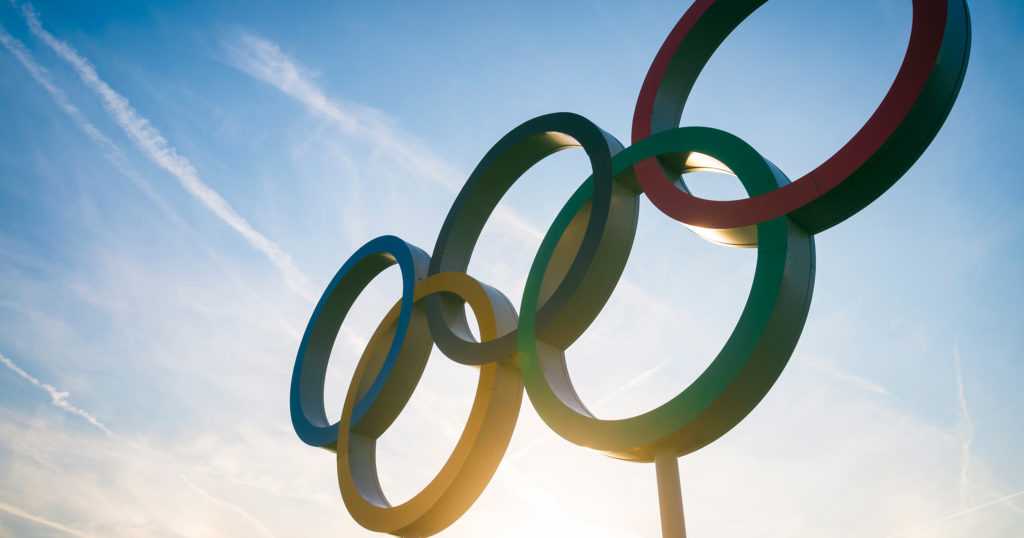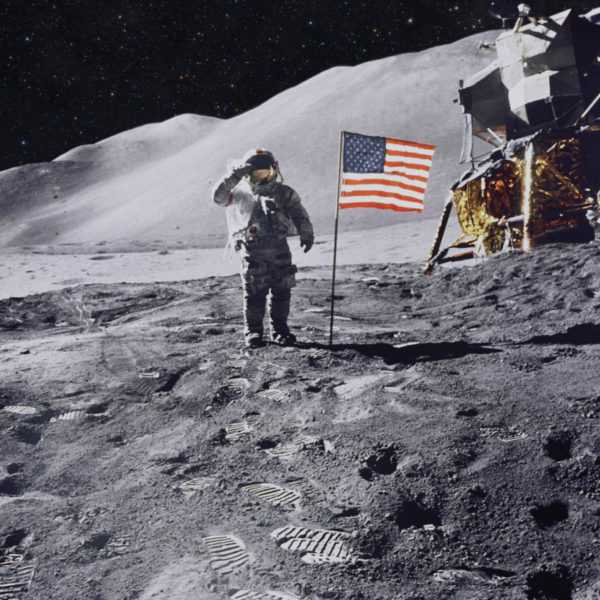For Olympians, Winning is About More Than Medals
For the world’s most-elite athletes, finding sponsors can bring not just glory and gold but big dollars


Every four years, some 11,500 of the world’s best athletes compete in the summer Olympic games. In each of the 339 competitive events, only three prizes are awarded – a gold, silver, or bronze medal, plus a few others in competitions that allow for tied scores.
Roughly 11 to 1 might not sound like good odds, but in the life of an Olympic athlete, it’s better than the competition they face for sponsorship dollars outside the stadium.
Very occasionally, Olympians parlay their fame into wealth: Caitlyn Jenner, who won the Olympic gold medal for the decathlon in the Montreal 1976 Olympics when she was Bruce Jenner, is said to be worth $100 million; Usain Bolt, the retired Jamaican sprinter, is worth about $60 million; and Michael Phelps, the swimmer, gets by on his $55 million, according to the website Wealthygenius.com.
But those are the rarest of exceptions. While some countries have state-sponsored athletic programs, American Olympians generally rely either on the resources of friends and family or a corporate sponsor. For most U.S. athletes, sponsorships and endorsements are an important source of the money and other support they need to train for competition, with bonuses to follow if things go well at the games.
In a typical sponsorship arrangement, a company will pay cash and sometimes even provide training to the athlete in return for the athlete’s (or the team’s) commitment to wear the company’s shoes or clothing during competition and make occasional promotional appearances, according to Indeed.com. An endorsement, on the other hand, is typically for an association with a product or service off the field – such as Simone Biles’ well-publicized flight on United to Tokyo for the Olympics .
It’s a competitive business, and one that may be getting tougher: at the end of 2020, three of the top ten American runners of all time —Noah Droddy (in the marathon), Ben True (10,000 meters), and Andy Bayer (steeplechase) were dropped by their sponsors, according to Runner’s World magazine. For some athletes, losing a sponsorship may lead them to hang up their cleats altogether. Bayer, for instance, has reportedly retired to take a job as a software developer.
Show me the money
The fact that even major figures such as Droddy, True, and Bayer aren’t secure reflects the growing pressure marketers face not only to cross finish lines first but to win fans’ support.
Nielsen Sports, the sport division of the global media market research agency, has noted that more sponsorship decisions are being made now based on analytics.
“Data-driven performance measurement and optimization has become even more important for sponsoring brands since the COVID-19 pandemic began… Many marketing or sponsorship executives are challenged to provide evidence of how sponsorship impacts their marketing objectives and, of course, sales,” said Sebastian Kube, Vice President, Sales Operations & Account Management at Nielsen Sports.
But the situation is much less clear from the athlete’s side. Ian Dobson, a 2008 Olympian who ran for both Adidas and Nike during his pro career, told Runner’s World recently that from the athlete’s point of view, a sponsorship deal was a bit like selling your house “if no one knew the price of home sales.” Making matters tougher still, only nine talent agents control much of the track and field market in the U.S., and athletes argue that this group has an incentive to maximize the value of their overall portfolio but not necessarily that of the individual athlete.
Yet even as sponsorship opportunities narrow, the range of athletes who might hope to snare a sponsorship deal is growing. In the 1972 games in Munich, roughly 20% of the events were open to women. In the Tokyo games this summer, 46% of the events will be open to women. At this point, the only event without a female version or an alternative (for instance, softball instead of baseball) is Greco-Roman wrestling.
This isn’t only creating more theoretical opportunity for female Olympians. One of the unusual qualities of the Olympics is that they are one of the rare sporting events that attracts large numbers of female fans. A recent global Nielsen poll found that 45% of women polled say they are interested in the games, just behind 48% of men.
And as the audience goes, so does the bargaining power for a select few stars: in April, just three months before the Tokyo games were slated to begin, gymnast Simone Biles announced that she was breaking with Nike, her longtime sponsor, in favor of Athleta sportswear, following the lead of several female employees and sponsored athletes over controversy around pregnancy and maternity benefits.
Social media value grows
Another changing part of the equation has to do with how the public follows sports.
For decades, the telegenic have had an edge with sponsors, but now, in addition to, say, a wicked backhand and a winning smile, the athletes sponsors covet most also have a personable and socially aware presence on social media.
This is rapidly becoming a key part of the athlete’s value, as social media grows in importance. As marathoner Noah Droddy joked in a May 20 tweet, “Professional running is 50% posting on social media, 30% training, and 20% explaining to people why you aren’t going to the Olympics. *Unless you’re going to the Olympics*”
Nielsen estimates, for instance, that each online post of Kylian Mbappé, the French soccer superstar, is worth $1.2 million, compared to $120,803 for Christian Pulisic, the American runner, and $93,787 for Simone Biles, the American gymnast.
What athletes say matters too. Nielsen Sports has found that fans engage much more strongly with politically and socially active athletes than they do with athletes who don’t like to express their opinions. Athletes’ advocacy posts generate 63% more engagement than other posts, and that interest is a powerful force: Nielsen notes in a recent report that 95% of athletes in 2020 with more than 5 million Instagram followers advocated for causes, generating $314 million in media value, a number which Nielsen analysts expect will grow to $1.2 billion by 2023.
Off-the-field fit
The importance of social media creates new challenges not only for athletes but for sponsors as well, because their diligence must extend now beyond making sure their athletes are staying away from drugs and otherwise behaving well off the field, to ensuring that they are promoting causes that fit the brand.
“Sustainability and social issues are definitely a top priority that brands should have in mind when planning a new sponsorship or activating an existing one,” advised Kube. “For many brands, this means taking a stance on social issues and communicating their own values. For sponsors, it is important to consider, ‘Does an asset align with my core brand and company values, and does it authentically embody those values? Does it enable us to enhance what we stand for?’”
But traditional brands may not have to worry about it much longer, if other athletes follow in the fleet footsteps of track star Allyson Felix, a six-time gold medalist who quit her Nike contract two years ago. Felix, who is signed with Athleta leisurewear but didn’t have a sponsor for her racing spikes this year, announced in June that she intended to start her own running shoe brand, Saysh. “When you see me run,” she wrote her 861,000 Instagram fans, “know that I’m not running for medals, I’m running for change. I’m running for greater equity for each of us. I’m running for women.”

